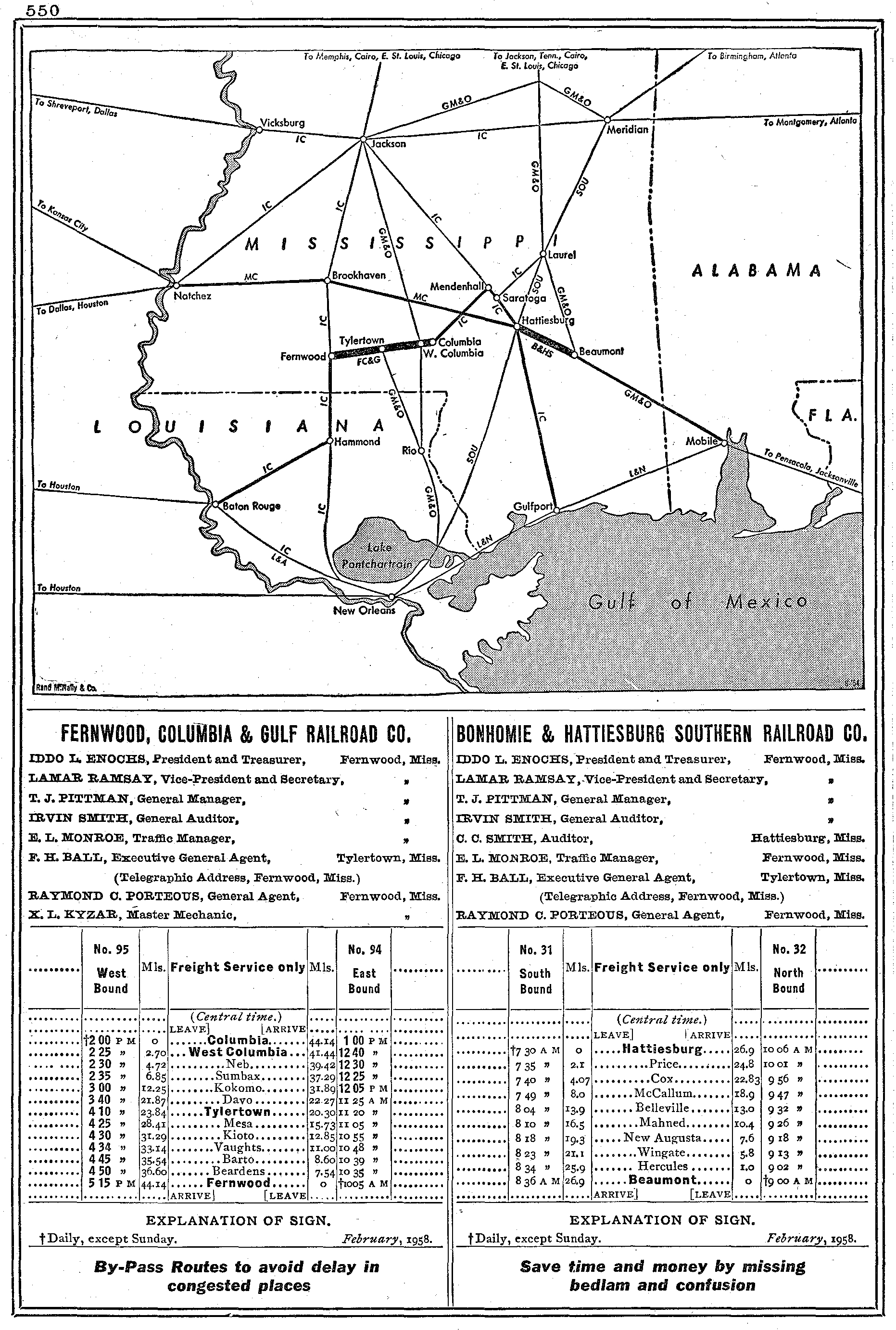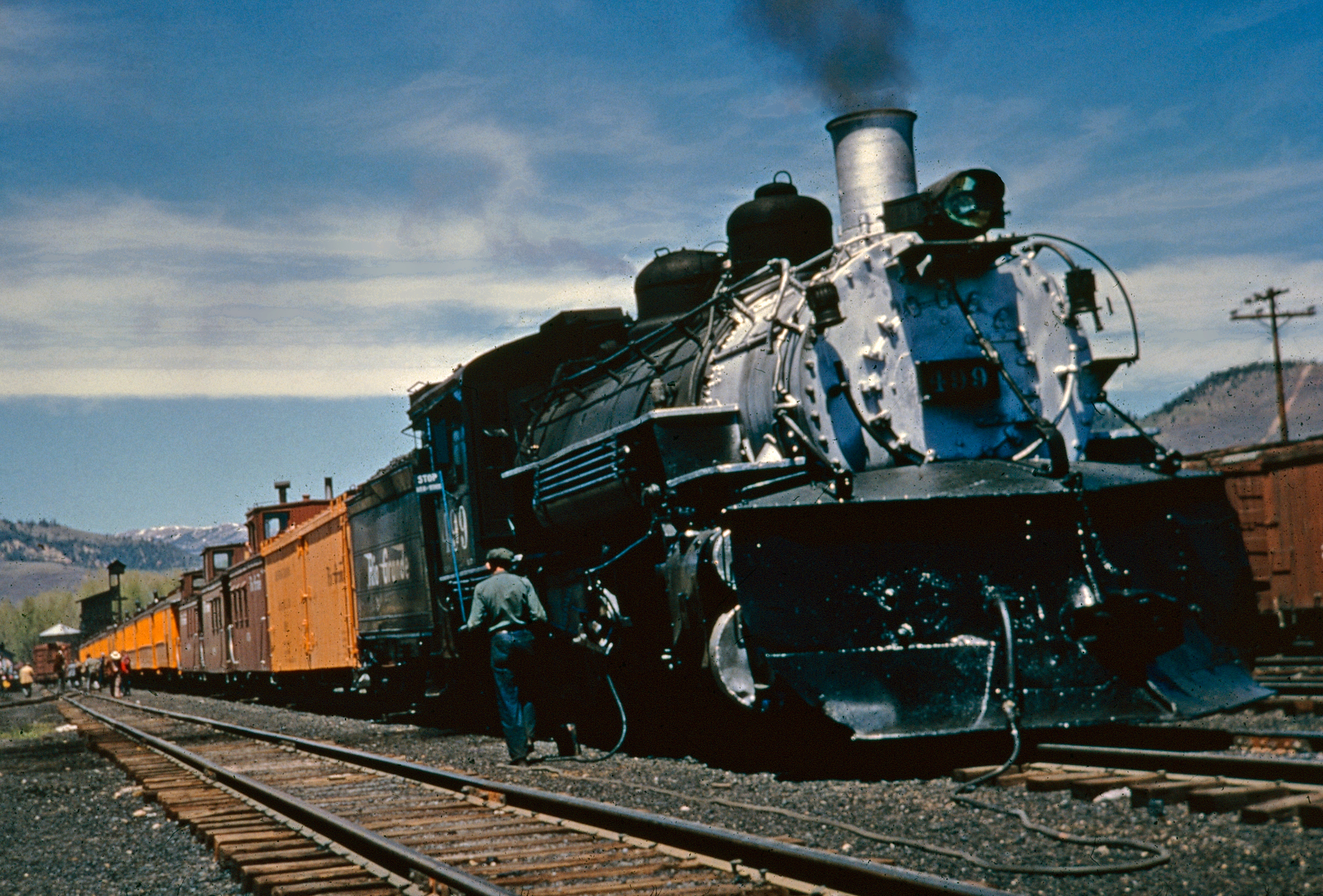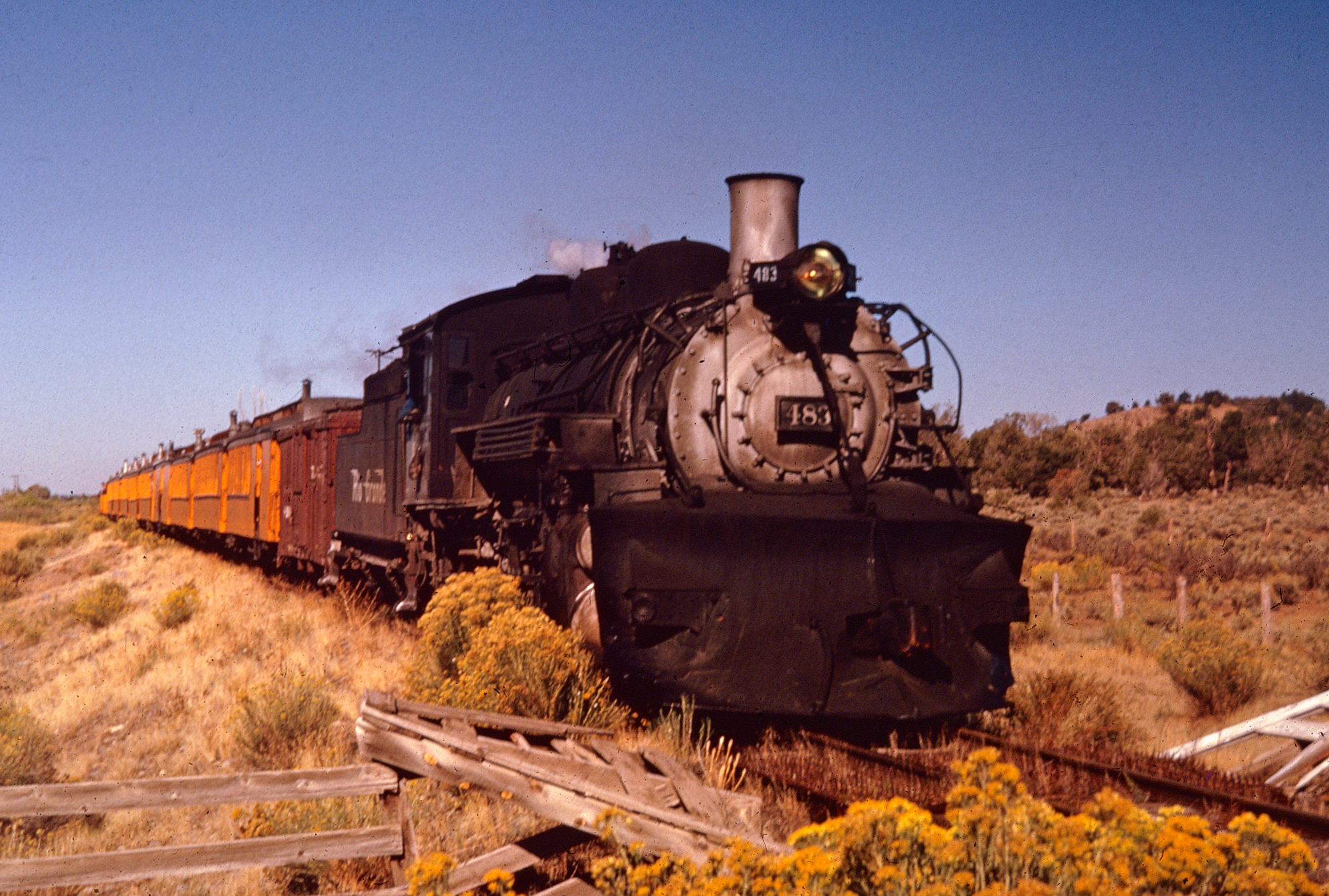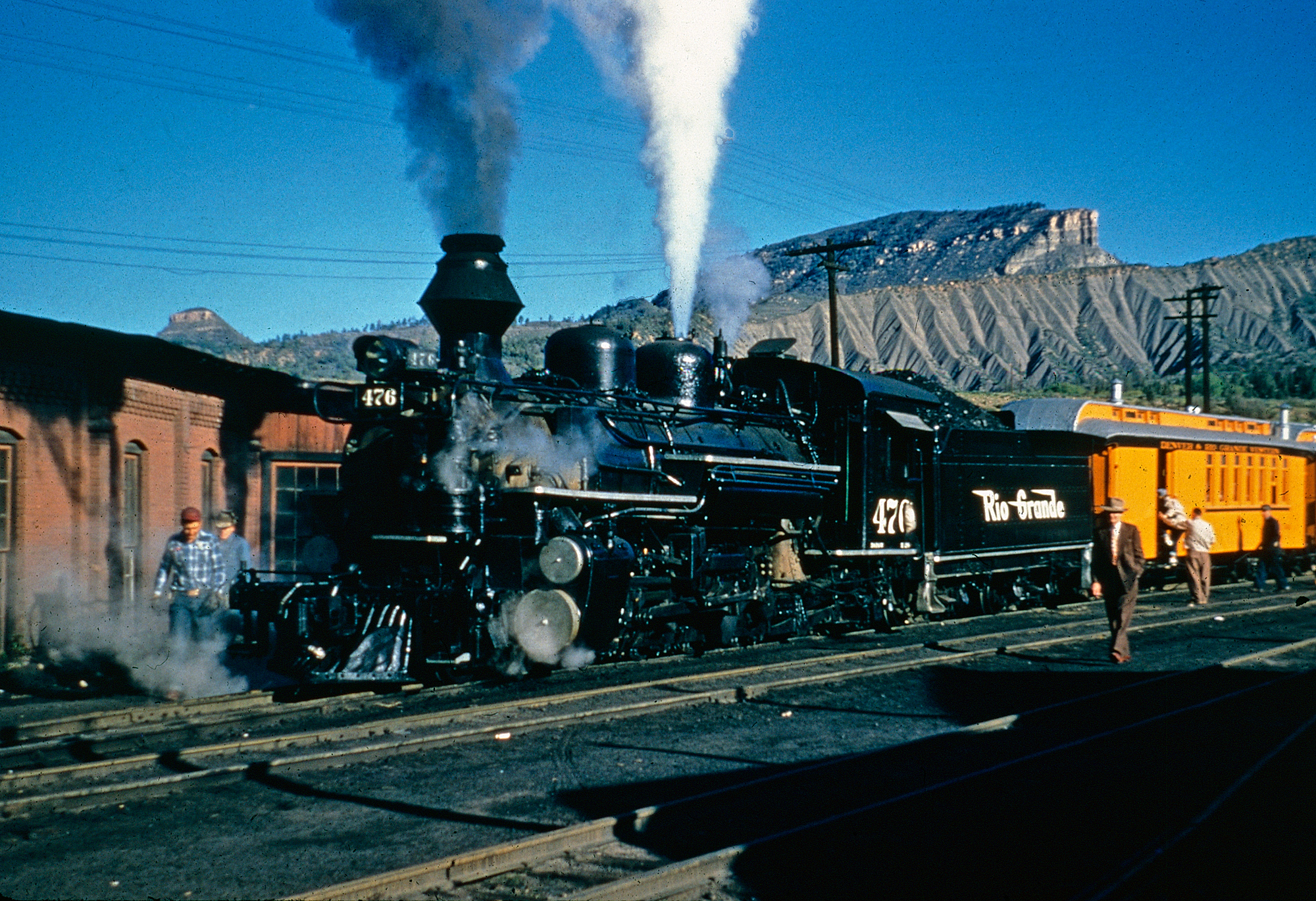Bonhomie and Hattiesburg Southern Railroad: Map, Timetables, History
Published: August 22, 2024
By: Adam Burns
The American South, with its vast forests and burgeoning industries, has long been a haven for shortline railroads.
These smaller lines, often overlooked in the grand narratives of transcontinental giants, played a vital role in connecting rural communities, facilitating resource extraction, and supporting local economies.
Among these unsung heroes was the Bonhomie and Hattiesburg Southern Railroad (B&HS), a resilient shortline that has weathered over a century of change in the piney woods of Mississippi.
The system was launched in the 1920s when it acquired a former Gulf, Mobile & Northern branch line for the purpose of handling timber products between Beaumont and Hattiesburg, Mississippi.
The late 20th century brought further change to the B&HS and the railroad industry as a whole. The rise of trucking and the deregulation of the rail industry led to increased competition and the abandonment of many unprofitable rail lines. The Illinois Central itself underwent a series of mergers, ultimately becoming part of the Canadian-based Canadian National Railway (CN) in 2000.
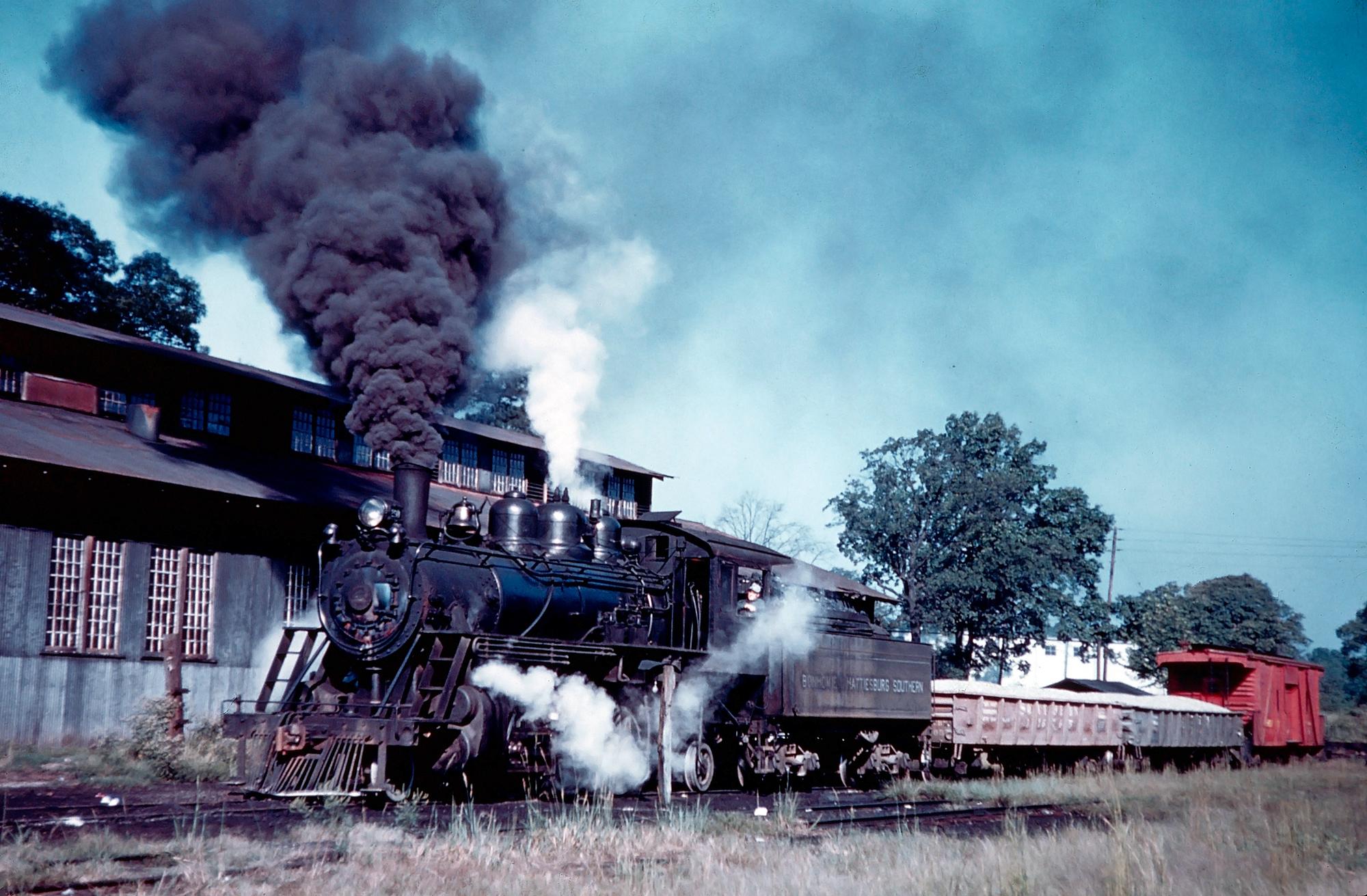 Bonhomie & Hattiesburg Southern 2-6-2 #250 is seen here at work in Hattiesburg, Mississippi, circa 1959. This little short line continued to operate steam until October, 1961. Today, the Prairie is on display at the Edaville Railroad in Massachusetts. Fred Byerly photo. American-Rails.com collection.
Bonhomie & Hattiesburg Southern 2-6-2 #250 is seen here at work in Hattiesburg, Mississippi, circa 1959. This little short line continued to operate steam until October, 1961. Today, the Prairie is on display at the Edaville Railroad in Massachusetts. Fred Byerly photo. American-Rails.com collection.The B&HS's story begins not with grand ambitions of westward expansion, but with the more practical need to transport lumber. In 1923, W.S.F. Tatum, a prominent figure in the Mississippi lumber industry as owner of the Tatum Lumber Company in Hattiesburg, established the Bonhomie & Hattiesburg Southern Railway Company.
His objective: to acquire the Hattiesburg branch line from the Gulf, Mobile & Northern Railroad. This strategic 27-mile corridor, gracefully traversed by Baldwin steam locomotives, linked Hattiesburg to the GM&N mainline at Beaumont, Mississippi. The GM&N would go on to merge with the Mobile & Ohio in 1940 forming the classic Gulf, Mobile & Ohio.
Tatum's acquisition was driven by a desire to access new timber resources near Denco, Mississippi, and streamline the transportation of lumber from his sawmill in Bonhomie to eastward connections at the GM&N junction in Beaumont.
The Interstate Commerce Commission granted its approval for the sale on January 5, 1925, and the Bonhomie & Hattiesburg Southern Railway commenced operations less than a month later.
The Tatum family acquired the entire capital stock of $335,000, while all operational equipment, including five locomotives (three of which were newly acquired Baldwin models), was leased from the Tatum Lumber Company.
Timetables (1929)
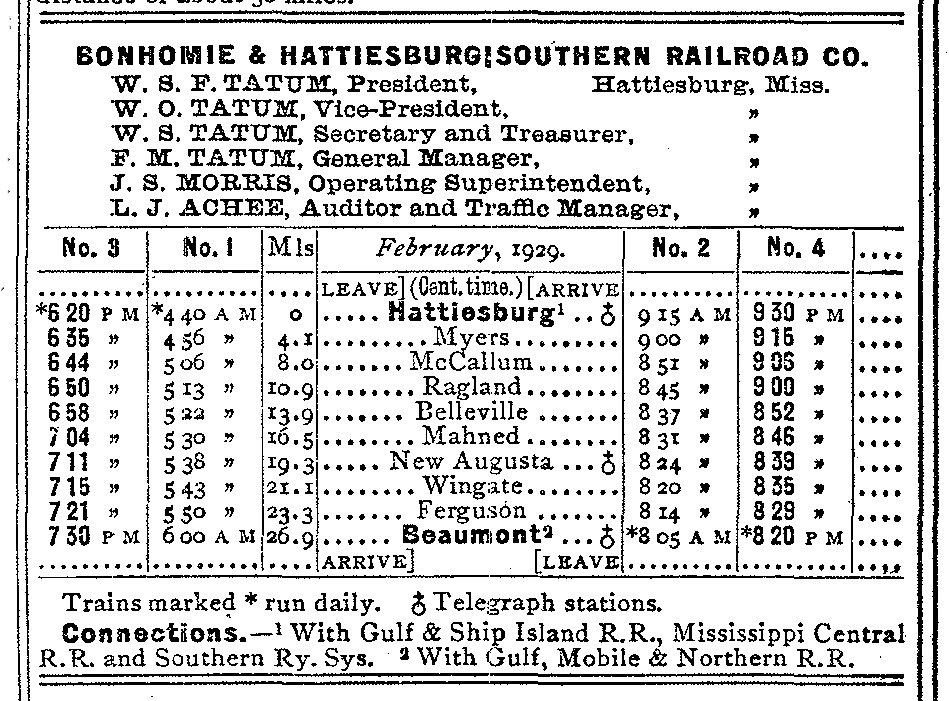
The B&HS thrived during the early 20th century, becoming a vital artery for the lumber industry in southern Mississippi. Its tracks, snaking through the pine forests, carried millions of board feet of lumber to mills and markets, fueling the construction boom in the region and beyond. The railroad also served a vital role in connecting rural communities, providing passenger service and transporting goods essential to daily life.
During this time the B&HS consistently turned a profit. However, as lumber traffic declined, so too did the railroad's financial fortunes. The closure of the GM&O's Blodgett Branch, a feeder line connecting Denco to Piave, Mississippi, further impacted the B&HS, halting Tatum's logging operations near Denco. By 1953, facing mounting financial pressures, Tatum sold the unprofitable B&HS to the Fernwood, Columbia, & Gulf Railway.
The B&HS, along with its sister line, the FC&G, became part of the Illinois Central Gulf Railroad in its 1972 merger (Illinois Central and GM&O). Today, the former B&HS trackage continues to operate as a vital segment of ICG-successor Canadian National's route connecting Jackson to Mobile, a testament to the enduring legacy of this once-independent shortline.
Despite these industry-wide upheavals, the B&HS remained a vital part of CN's network acting as a key link to Mobile, Alabama, the Class 1's furthest reach into the Deep South.
The railroad continued to serve a diverse range of customers, hauling forest products, plastics, chemicals, and other goods. Its connection to the national rail network at Hattiesburg provided a crucial link for industries in southern Mississippi, allowing them to access markets across the country.
Locomotive Roster
At its inception in 1925, the B&HS boasted a roster of five steam locomotives. Three were brand-new acquisitions from the esteemed Baldwin Locomotive Works, while the remaining two were acquired secondhand from neighboring railroads.
Of particular note were the two new "Mikado" type locomotives. Number 301, built in 1924, and number 300, completed in 1925, represented the cutting edge of steam locomotive technology at the time.
These impressive machines featured 52-inch diameter drivers, 19" x 26" cylinders, and a boiler pressure of 200 psi. These specifications translated into a formidable 30,685 pounds of tractive effort, allowing them to effortlessly haul heavy freight trains. Each locomotive tipped the scales at a substantial 160,700 pounds, a testament to their robust construction.
The B&HS gained a degree of fame within the enthusiast community during the 1950s and early 1960s for its continued reliance on Baldwin steam locomotives, specifically models 250 and 300. These workhorses remained in service until October 1961 when, following the passing of the line's steam master mechanic, they were replaced by a pair of secondhand SW1 switchers.
Today, a tangible piece of B&HS history endures in the form of locomotive number 300. This sole surviving B&HS 2-8-2 "Mikado" stands proudly preserved as a static display behind the Southern Railway depot in Hattiesburg, Mississippi, offering a glimpse into the railroad's steam-powered past.
System Map (1958)
The Bonhomie and Hattiesburg Southern Railroad, despite its unassuming name and rural setting, embodies the resilience and adaptability of shortline railroads across America.
From its origins as a logging railroad to its current role as a vital link in the regional supply chain, the B&HS has constantly adapted to changing economic conditions and industry trends.
As the railroad enters its second century of operation, it continues to demonstrate the enduring importance of shortline railroads in connecting communities, supporting industries, and driving economic growth.
Recent Articles
-
Rio Grande 2-8-2 Locomotives (K-37): Specs, Roster, Photos
Apr 15, 25 12:57 PM
Rio Grande's Class K-37 Mikes were itsdge steamers to enter service in the late 1920s. Today, all but two survive. -
Rio Grande 2-8-2 Locomotives (K-36): Specs, Roster, Photos
Apr 15, 25 11:09 AM
The Rio Grande's K-36 2-8-2s were its last new Mikados purchased for narrow-gauge use. Today, all but one survives. -
Rio Grande 2-8-2 Locomotives (Class K-28): Specs, Roster, Photos
Apr 14, 25 10:24 PM
Rio Grande's Class K-28 Mikados were its newest narrow-gauge steam locomotives since the Mudhens of the early 1900s. Today, three survive.
